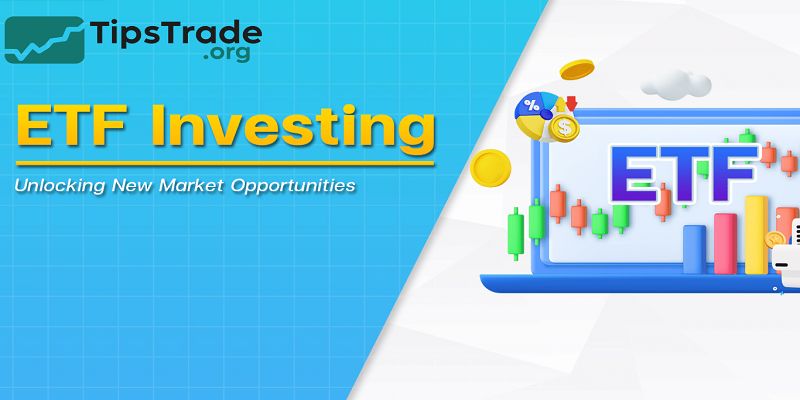ETF investing has become one of the most accessible and effective ways to build long-term wealth in modern finance. With global assets under management (AUM) exceeding $11 trillion by 2025 (BlackRock Global ETF Report), ETFs allow investors—both beginners and professionals—to own diversified portfolios at low cost and high transparency.
What Is an ETF?
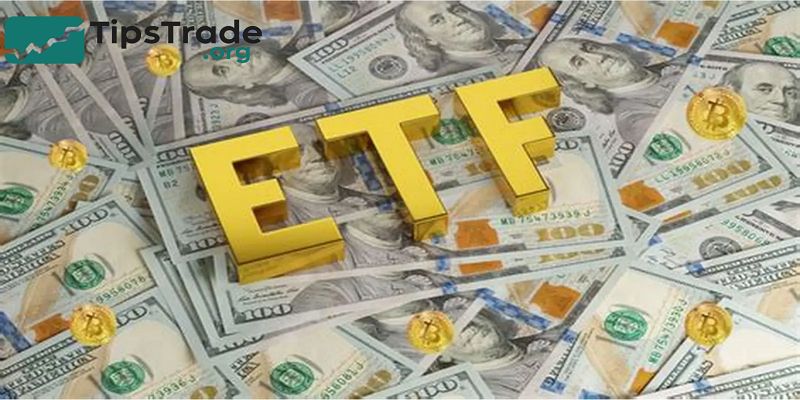
An Exchange-Traded Fund (ETF) is a type of investment fund that pools investors’ money to buy a basket of assets—such as stocks, bonds, or commodities. Each ETF aims to track a specific index, sector, or theme. Unlike mutual funds, ETFs trade on stock exchanges just like individual stocks, meaning investors can buy and sell them throughout the day at market prices.
Here’s how they work:
- ETF issuers create “creation units,” typically 50,000 shares.
- Authorized participants (APs) exchange baskets of securities for ETF shares.
- This in-kind creation/redemption process keeps ETF prices close to their Net Asset Value (NAV).
Example: The SPDR S&P 500 ETF (SPY) tracks the S&P 500 Index, offering exposure to 500 leading U.S. companies in a single trade.
In essence: ETFs combine the diversification of mutual funds with the liquidity and flexibility of individual stocks.
Why Invest in ETFs?
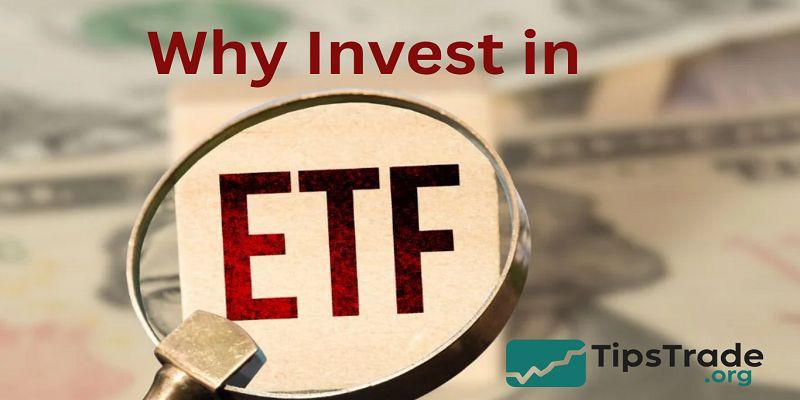
ETFs have become the backbone of long-term investing for a reason. They offer multiple advantages unmatched by other vehicles:
- Diversification at Low Cost
Buying one ETF can give you access to hundreds or thousands of assets. For example, Vanguard Total World Stock ETF (VT) provides exposure to over 9,000 global companies.
- Low Expense Ratios
Average ETF fees are below 0.20%, compared to 0.70% for traditional mutual funds (Morningstar, 2024).
- Liquidity & Transparency
ETFs trade in real time, and most issuers publish holdings daily. Investors know exactly what they own.
- Tax Efficiency
Due to the in-kind creation process, ETFs are generally more tax-efficient than mutual funds, minimizing capital gains distributions.
- Flexibility & Access
You can find ETFs for almost any strategy—index tracking, sector focus, bonds, commodities, or even cryptocurrencies.
In short, ETFs democratize investing by making global markets accessible to everyone with just a few clicks.
Risks and Challenges of ETF Investing
While ETFs are efficient and transparent, they’re not risk-free. Investors should understand key challenges before jumping in:
- Market Risk: ETFs fluctuate with the underlying market. If the index drops, so will the ETF.
- Tracking Error: Sometimes an ETF’s return slightly deviates from its benchmark due to fees or replication methods.
- Liquidity Risk: Niche or small ETFs may have low trading volume, creating wider bid-ask spreads.
- Concentration Risk: Thematic ETFs (AI, clean energy, etc.) can be volatile due to limited diversification.
- Complex Products: Leveraged or inverse ETFs amplify both gains and losses—these are not suitable for beginners.
Example: During the COVID-19 crash in March 2020, several bond ETFs temporarily traded below their NAV, showing how liquidity stress can impact prices.
Pro Tip: Always read the ETF’s fact sheet and prospectus before investing. Understanding the structure and strategy reduces unnecessary surprises.
Types of ETFs (By Strategy and Asset Class)
ETFs come in many categories designed to suit different investment goals.
| Type of ETF | Description | Example |
| Index ETFs | Track major indices like S&P 500 or Nasdaq | SPDR S&P 500 (SPY) |
| Active ETFs | Managed by fund managers to outperform benchmarks | ARK Innovation ETF (ARKK) |
| Bond ETFs | Invest in government or corporate bonds | iShares Core U.S. Aggregate Bond (AGG) |
| Commodity ETFs | Hold gold, oil, or metals | SPDR Gold Shares (GLD) |
| Thematic ETFs | Focus on megatrends like AI, clean energy | Global X Robotics ETF (BOTZ) |
| ESG ETFs | Invest in sustainable, responsible companies | iShares ESG Aware MSCI USA (ESGU) |
| Leveraged/Inverse ETFs | Amplify daily returns (riskier) | ProShares UltraPro QQQ (TQQQ) |
Each ETF type serves a unique role—from stable income to aggressive growth—allowing investors to customize portfolios based on goals and risk tolerance.
How to Choose the Right ETF
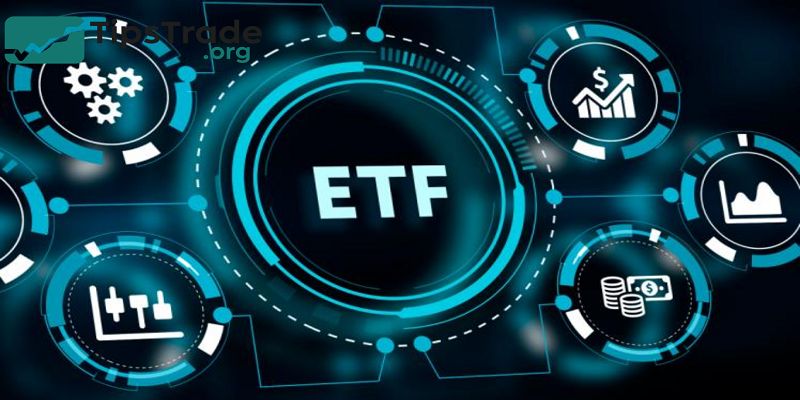
Choosing an ETF is like shopping for a long-term partner—you need to understand its structure, cost, and purpose.
Key Factors to Consider
- Expense Ratio:
The lower the fee, the more you keep. ETFs with <0.3% expense ratio are ideal. - Liquidity & Volume:
High trading volume ensures easy buying/selling with minimal price slippage. - Underlying Index:
Ensure the ETF tracks a reliable benchmark like S&P 500, Nasdaq, or MSCI World. - Tracking Error:
Review historical tracking difference—smaller gaps mean better performance replication. - Fund Size (AUM):
Larger funds (> $500 million) tend to be more stable and cost-efficient. - Issuer Reputation:
Stick to trusted names like Vanguard, BlackRock (iShares), or State Street (SPDR).
- Tax Considerations:
Understand how ETFs are taxed in your country—capital gains, dividends, and withholding tax.
Example:
A new investor seeking broad exposure might choose Vanguard Total Stock Market ETF (VTI)—low fee (0.03%) and over 4,000 U.S. holdings.
How to Build an ETF Portfolio
Building an ETF portfolio is about balance, diversification, and discipline. You don’t need to pick stocks manually; a few well-chosen ETFs can cover all asset classes.
Step-by-Step Portfolio Strategy
- Set Clear Goals:
Define your investment horizon and risk tolerance (e.g., retire in 20 years, moderate risk).
- Asset Allocation:
Divide investments among stocks, bonds, and alternatives.
- Aggressive: 80% stocks, 20% bonds
- Balanced: 60% stocks, 40% bonds
- Conservative: 40% stocks, 60% bonds
- Core-Satellite Strategy:
Core: Broad index ETFs (e.g., S&P 500, total bond market). Satellite: Smaller thematic ETFs (AI, clean energy, emerging markets)
- Diversify Globally:
Include both domestic and international ETFs to reduce country-specific risk.
- Rebalance Regularly:
Every 6–12 months, adjust holdings back to target allocation.
Example: Balanced 60/40 ETF Portfolio
| Asset Class | ETF Example | Allocation |
| U.S. Stocks | Vanguard S&P 500 (VOO) | 35% |
| International Stocks | iShares MSCI ACWI ex US (ACWX) | 25% |
| Bonds | iShares Core U.S. Aggregate Bond (AGG) | 30% |
| Thematic / ESG | iShares ESG Aware MSCI USA (ESGU) | 10% |
Pro Insight: According to Charles Schwab (2024), portfolios using a mix of broad ETFs have historically achieved 7–9% annualized returns over the last decade with moderate volatility.
ETF Investing Trends and Outlook for 2025
The ETF industry continues to innovate at record speed. Here are the major trends shaping the future:
- Active ETFs on the Rise: Active ETFs now represent nearly 25% of new ETF launches.
- Thematic Investing Boom: AI, robotics, and sustainability themes drive strong inflows.
- Smart Beta ETFs: Factor-based ETFs (value, momentum, quality) are blending active and passive strategies.
- Tokenized ETFs: Blockchain is enabling fractional ETF ownership.
- Retail Adoption: Over 35% of millennials now hold ETFs as their primary investment vehicle.
The next generation of investors is digital, data-driven, and value-conscious. ETFs perfectly align with this shift—low-cost, transparent, and customizable.
How to Start Investing in ETFs
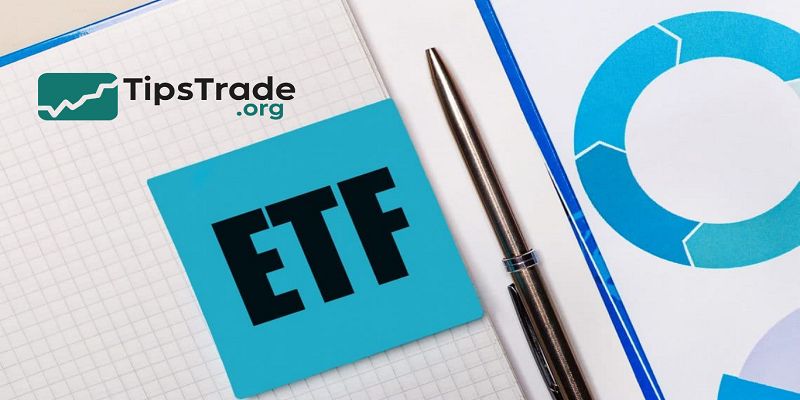
Getting started with ETFs is easier than ever:
- Open a Brokerage Account
Platforms like Vanguard, Fidelity, Schwab, or Robinhood allow easy ETF trading. - Define Your Strategy
- Long-term investing (buy & hold)
- Short-term trading (sector rotation, trend following)
- Start Small
Even $100 can buy fractional ETF shares today. Focus on consistency over timing. - Automate Investments
Use automatic contributions to average your entry cost over time. - Track Performance
Monitor ETF performance vs. benchmark indexes annually
Common Mistakes to Avoid
Even with ETFs’ simplicity, beginners often make avoidable errors:
- Chasing Hot Trends: Avoid buying ETFs just because they’re popular.
- Ignoring Costs: Low fees add up significantly over decades.
- Over-Diversification: Too many ETFs can overlap holdings.
- Not Rebalancing: Portfolios drift from target risk levels over time.
- Neglecting Taxes: Understand dividend and capital gain implications.
Tip: Stick to 5–8 ETFs that cover all your needs—broad equities, bonds, international, and one or two thematic plays.
Conclusion
ETF investing has transformed global markets. It combines accessibility, diversification, and cost-efficiency—making it the cornerstone of modern portfolios. Whether you’re saving for retirement, building passive income, or investing for your children’s future, ETFs provide an intelligent path toward long-term growth. The article above from Tipstrade.org has just provided you . We hope that you find it useful. Wishing you successful trading!

